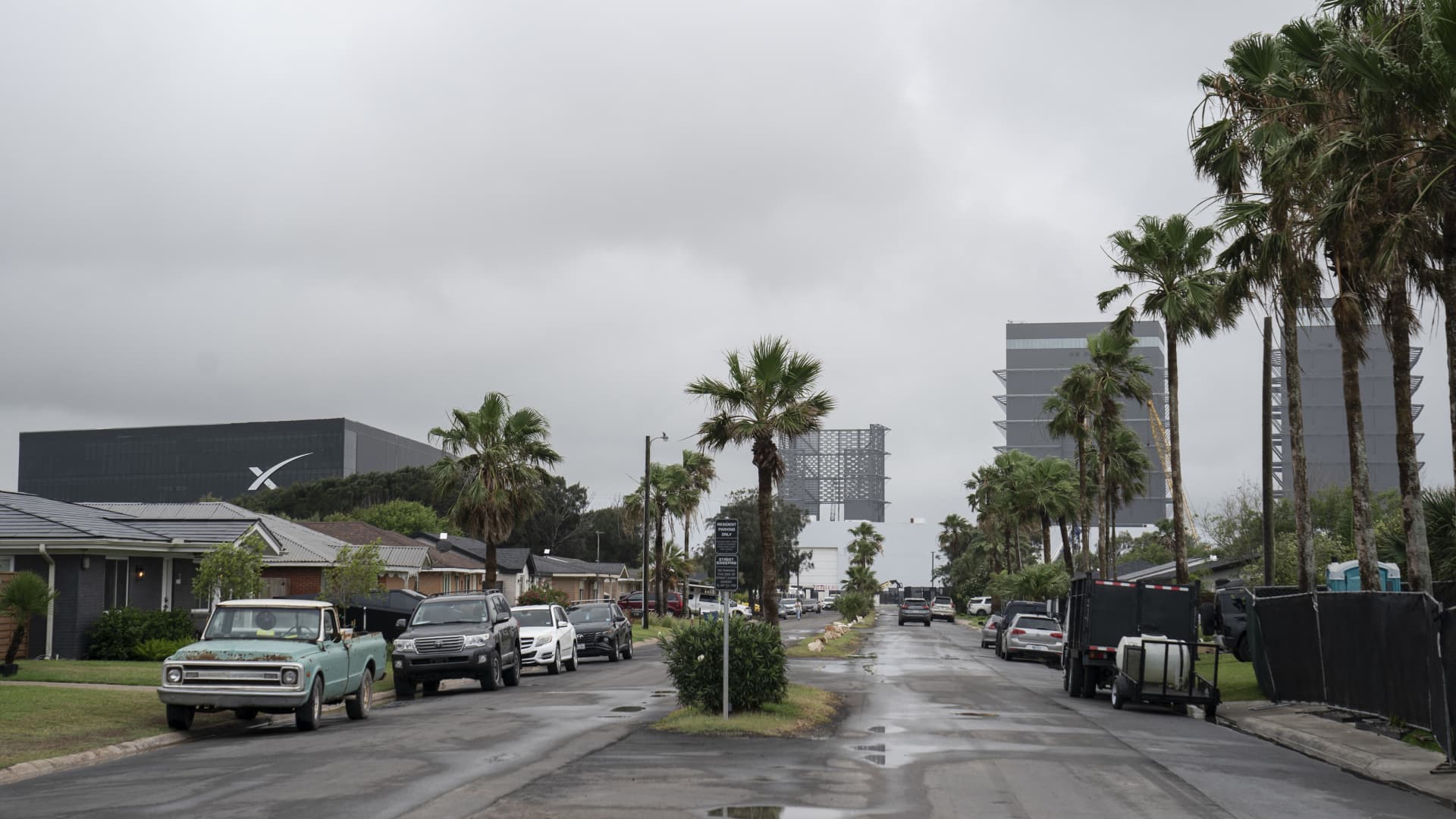The Rise of Starbase: Elon Musk’s Corporate City Experiment
The creation of Starbase, Texas, represents a bold chapter in the intersection of corporate ambition and urban development. This new city, built around SpaceX’s launch and testing facilities near Boca Chica, is not just a geographical innovation but also a social and political experiment. It challenges traditional notions of municipal governance by embedding a powerful corporation at the heart of local administration. This analysis delves into the formation, governance, community dynamics, economic impacts, and broader implications of Starbase, unfolding what this means for the future of company-led urban spaces.
Birth of Starbase: From Sparse Settlement to SpaceX Hub
Starbase’s territory, roughly 1.6 square miles along the Gulf Coast near the U.S.-Mexico border, was once quiet and lightly inhabited. Boca Chica Village, comprising around 35 homes, was the solitary settled area before SpaceX’s land acquisitions began in earnest around 2015. SpaceX’s expanding Starship rocket project demanded vast operational space, encouraging the development of nearby infrastructure.
Official city incorporation in May 2025 was a decisive milestone, enabled chiefly by a resident vote dominated by SpaceX employees. This massive corporate presence shaped not only the vote outcome but also subsequent governance. Starbase’s city leadership now largely consists of individuals affiliated with SpaceX, illustrating a seamless blend between corporate objectives and municipal management. This scenario recalls historical company towns but updates the concept for the era of high-technology and space exploration, making Starbase a modern testbed for corporate urbanism.
Navigating the Complexities of Corporate-Governed Communities
With SpaceX at the helm of Starbase’s government, several contentious issues have surfaced, primarily concerning existing homeowners, democratic fairness, and environmental stewardship.
Property Rights and Zoning Changes
The introduction of new zoning ordinances has signaled potential challenges for long-established residents. Official warnings about losing rights to use their properties have generated anxiety about forced relocations or restrictions. Such measures, while perhaps aimed at aligning land use with corporate goals, ripple across the community, threatening the stability and heritage of non-SpaceX-affiliated homeowners.
Democratic Representation in Flux
The demographic skew towards SpaceX employees among voters raises difficult questions about governance equity. With corporate insiders holding sway over municipal decisions, critics contend that governance may prioritize SpaceX’s plans over wider community interests. The concern is that the democratic process becomes subverted by overwhelming corporate influence, reducing citizens’ ability to shape decisions that affect their daily lives. This echoes the classic criticisms of company towns, where municipal power is deeply entwined with a private employer’s agenda.
Public Access and Environmental Sensitivities
Public access to recreational and culturally significant areas, notably Boca Chica Beach, has emerged as a flashpoint. Requests by Musk to control beach access for SpaceX operational needs unsettled environmental advocates, indigenous groups, and residents who treasure the land’s heritage and public use.
Moreover, the environmental footprint of SpaceX’s industrial expansion cannot be overlooked. The proximity of protected habitats for turtles, migratory birds, and other species places ecological balance at risk. Rising industrial activity, wastewater permits, and increased human presence present complex challenges to preserving the region’s natural heritage alongside technological advancement.
Economic Upside Versus Social and Cultural Costs
Starbase’s economic promise is undeniable. SpaceX’s presence injects jobs, infrastructure investment, and global attention into a region previously grappling with economic stagnation and high unemployment. Its trajectory shares parallels with historic space-age town developments such as Clear Lake, Texas, which catered to NASA’s workforce and catalyzed regional growth.
However, these gains coexist with unease among longtime residents. Property values and living costs rise, often leaving original inhabitants marginalized. The delicate cultural fabric of Boca Chica Village faces erosion under corporate expansion pressures, with reports of coercive tactics surfacing against unwilling landowners. This dynamic spotlights the familiar tension between innovation-driven growth and community preservation, where gentrification and displacement shadow economic progress.
Starbase as a Lens on the Future of Corporate Municipalities
Looking beyond the immediate, Starbase may serve as a blueprint for Elon Musk’s envisioned company towns: blending corporate power with local government in ways that stretch existing norms. The experiment brings to the forefront challenging questions:
– To what extent should private companies manage public city services and infrastructures?
– How can states oversee municipalities dominated by corporate interests without eroding autonomy?
– What balance can be struck between public access rights and corporate operational needs?
– How might environmental responsibilities be maintained amid rapid industrial growth led by private enterprise?
These considerations promise to echo in other regions seeking to harness innovation-fueled development while guarding community integrity and environmental health.
Conclusion: Starbase’s Dual Narrative of Innovation and Resistance
Starbase stands as a microcosm of 21st-century tensions between corporate innovation and local community resilience. At its core lies a promising new frontier for space exploration and economic revitalization. Yet, it simultaneously raises urgent debates about property rights, governance equity, and environmental stewardship.
The ongoing story of Starbase—where many residents face uncertain futures amid zoning changes, ecological concerns, and shifting power dynamics—highlights the complexities of corporate urbanization. Whether Starbase ultimately shapes a model for inclusive, forward-looking company towns or becomes a cautionary example of corporate hegemony remains to be seen. Regardless, its evolution offers vital insights into the future interplay of private enterprise and public life in an era defined by technological ambition and socio-political transformation.
—
Enhance your English articles with expert editing that sharpens clarity and impact—experience the difference today.











